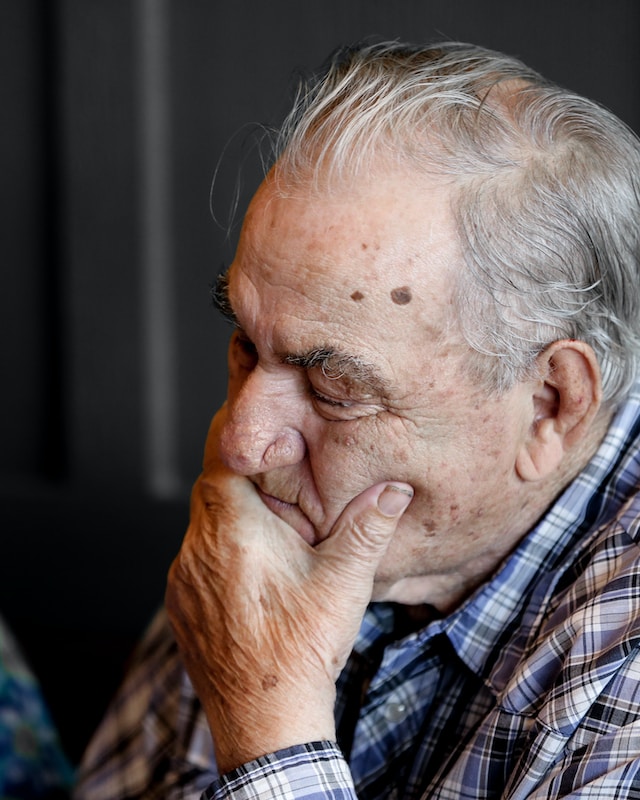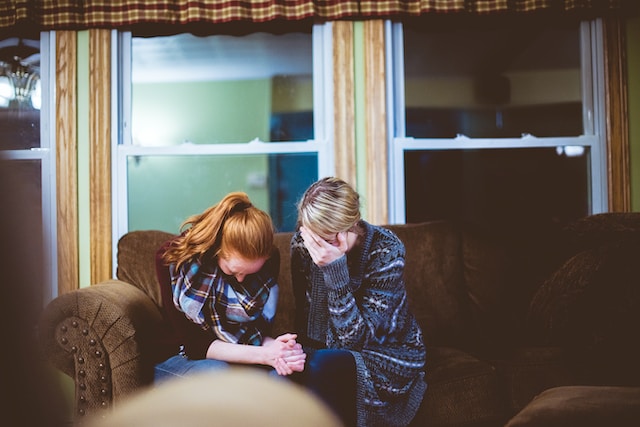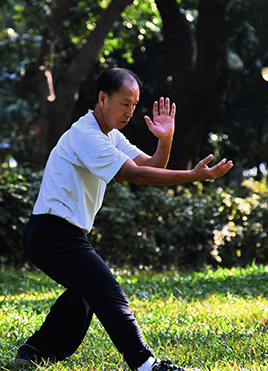Anxiety is a natural emotional response to stress or perceived threats, but when it becomes persistent or overwhelming, it can disrupt daily life. Among older adults, particularly the “young-old” aged 60 to 74, anxiety often goes undetected or mistaken as a normal part of ageing. However, anxiety is not an inevitable part of growing older. If left unchecked, it can affect not only mental well-being but also physical health, relationships, and overall quality of life. Understanding this condition is the first step to addressing it with empathy, self-awareness, and action.
Why this matters now?
Recent global studies show that 10% to 20% of older adults experience clinically significant anxiety, with many more suffering in silence. In Singapore, anxiety disorders are the second most common mental health issue among older adults after depression. As life expectancy rises and more people enter the young-old category, the emotional challenges of retirement, caregiving, health concerns, and social isolation are contributing to a surge in anxiety among this demographic. Yet, anxiety in this age group remains under-recognised and under-treated, making it a pressing public health issue.
Different types of anxiety disorders in older adults
Anxiety presents in different forms among older adults. The most common types include:
Generalised Anxiety Disorder (GAD)
Persistent, excessive worry about everyday matters such as health, finances, or family.Panic disorder
Sudden, intense episodes of fear or discomfort, often accompanied by physical symptoms like heart palpitations and breathlessness.Phobias
Intense fear of specific objects or situations (e.g., fear of falling or being alone).Social anxiety disorder
Fear of being judged or embarrassed in social settings.Health anxiety (Hypochondriasis)
Obsessive worry about having or developing serious health conditions.

What causes anxiety?
Anxiety in this age group can stem from a complex interaction of physical, emotional, and social factors. Common causes include:
Health issues
Chronic pain, heart disease, or cognitive decline can increase worry.Life transitions
Retirement, loss of loved ones, or moving into assisted living can trigger emotional upheaval.- Financial insecurity
Concerns about savings, medical expenses, or long-term care costs.

Social isolation
Reduced social networks or loneliness can amplify fear and uncertainty.Personality traits
Individuals who were prone to worry in younger years may carry this forward into older age.
Signs and symptoms to watch for
Recognising anxiety in older adults is not always straightforward. It often presents subtly or overlaps with symptoms of other conditions. Key signs include:
Persistent worrying or nervousness
Restlessness or irritability
Muscle tension or headaches
Difficulty concentrating
Fatigue
Unexplained physical symptoms, such as palpitations or gastrointestinal issues

The implications of anxiety
When anxiety goes untreated, it can have far-reaching effects. It may lead to:
Depression
Anxiety often coexists with or leads to depression.Cognitive decline
Chronic stress may impair memory and decision-making.Poor physical health
Heightened anxiety can worsen heart disease, diabetes, and immune function.Reduced quality of life
Fear and avoidance can limit social interaction and independence.Higher healthcare utilisation
More frequent visits to the doctor due to somatic symptoms or panic.
Treatments for anxiety
The good news is that anxiety in older adults is treatable. Options include:
Psychotherapy
Cognitive Behavioural Therapy (CBT) is especially effective in helping older adults reframe negative thinking patterns.Medications
Anti-anxiety or antidepressant medications may be used with caution and under close medical supervision.Mind-body therapies
Techniques such as mindfulness, breathing exercises, tai chi, or yoga can reduce anxiety symptoms.Lifestyle adjustments
Regular exercise, meaningful activities, social connection, and a balanced diet contribute greatly to emotional resilience.

Prevention is better than cure
For those in the young-old category, prevention is key. Here’s how to build emotional immunity:
Stay active
Physical exercise reduces stress hormones and boosts mood-enhancing chemicals.Keep socially connected
Join interest groups, volunteer, or maintain regular interactions with family and friends.
- Plan purposefully
Create a daily structure, pursue new hobbies, and set goals for retirement years. Limit news overload
Too much exposure to distressing news can heighten fear.Regular health check-ups
Managing chronic illness and medication side effects can reduce anxiety triggers.Seek help early
Don’t hesitate to talk to a healthcare provider or counsellor if you notice persistent worry.

Conclusion
Anxiety in older adults is real, but it’s also manageable and treatable. If you are a young-old adult experiencing persistent worry, or supporting someone who is, know that early recognition and support make a profound difference.
Addressing anxiety isn’t a sign of weakness, it’s a powerful step toward living fully, fearlessly, and independently in your later years. Don’t wait, talk to a professional, lean on your community, and remember: it’s never too late to regain peace of mind.
